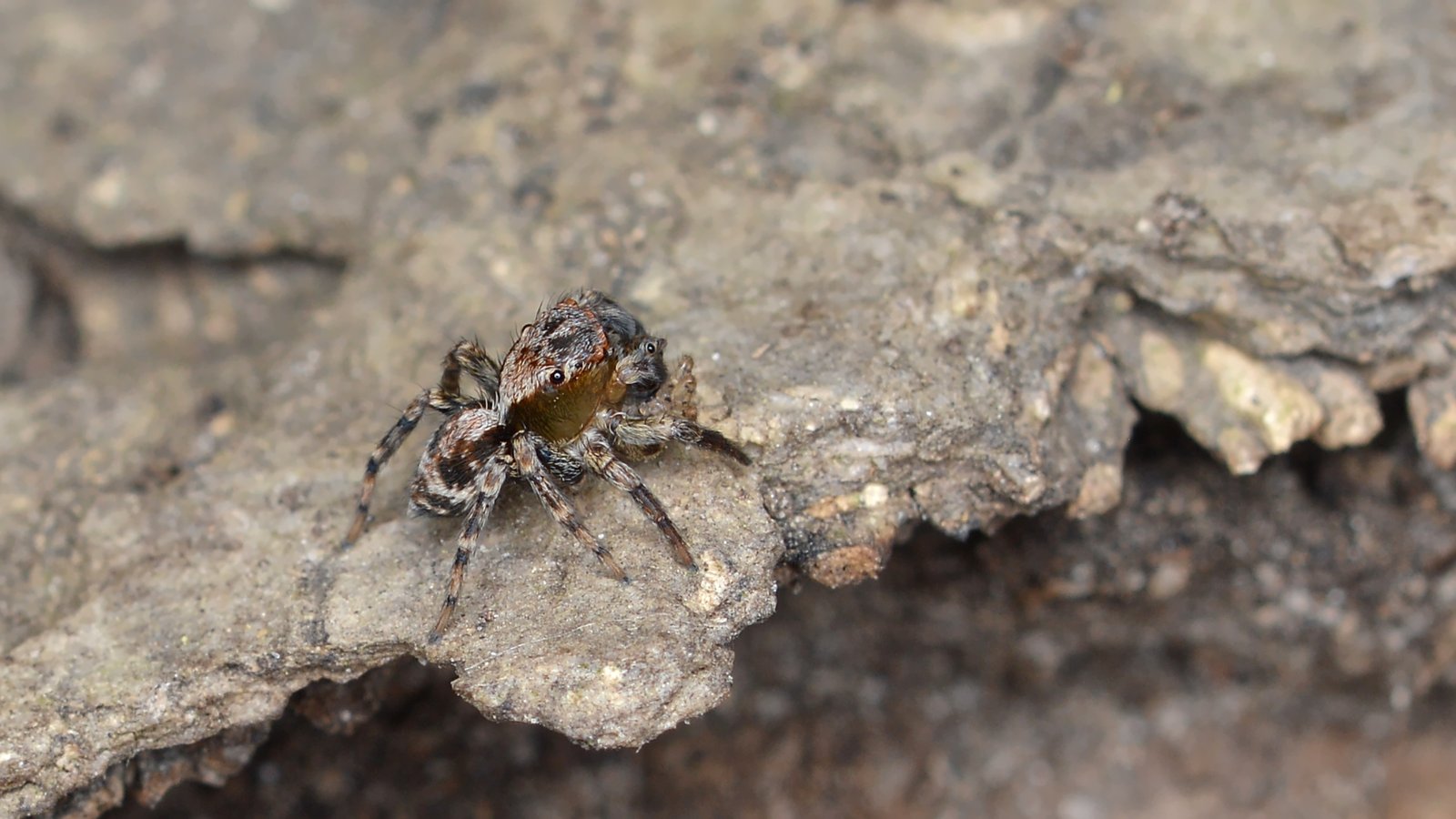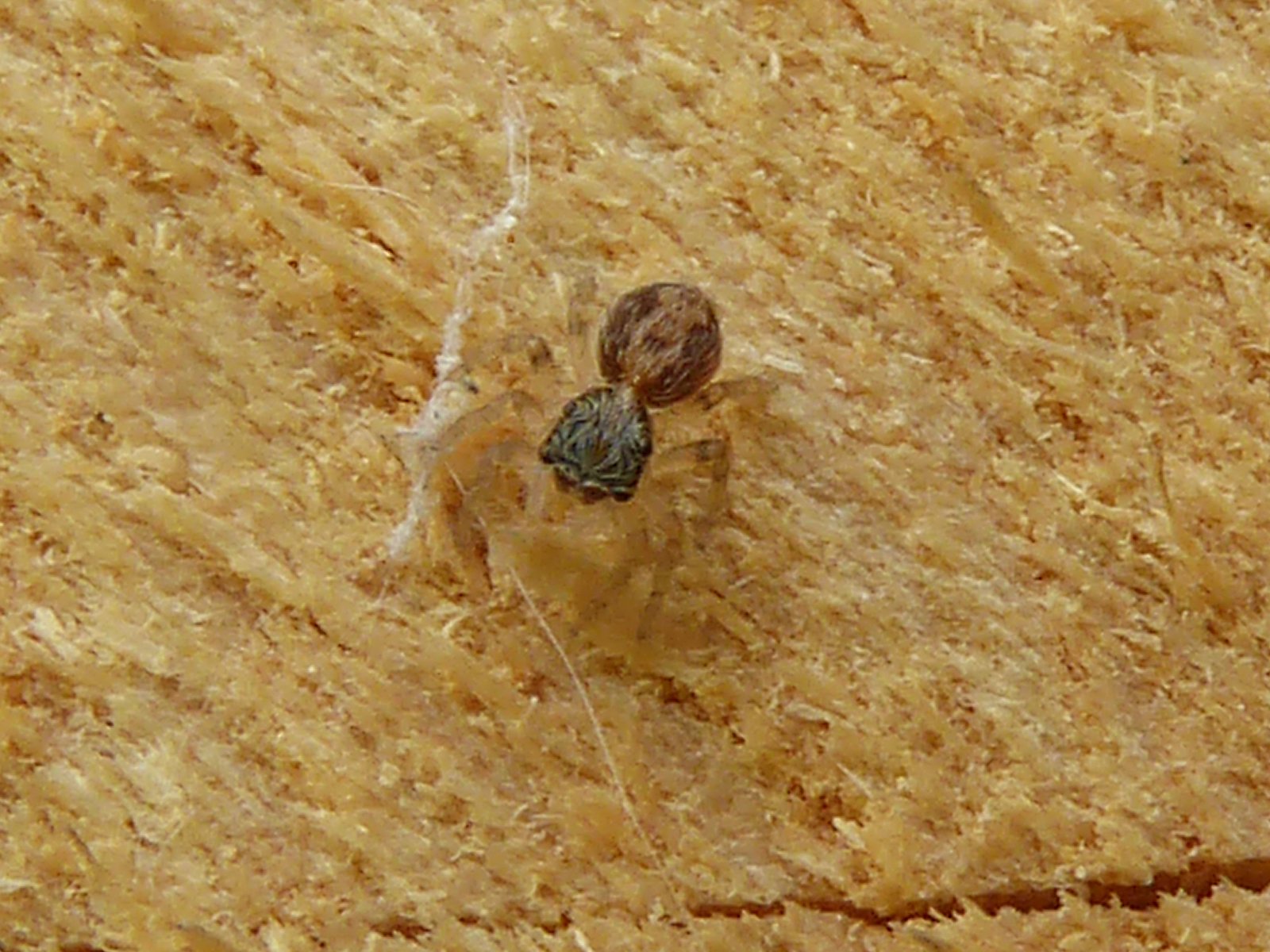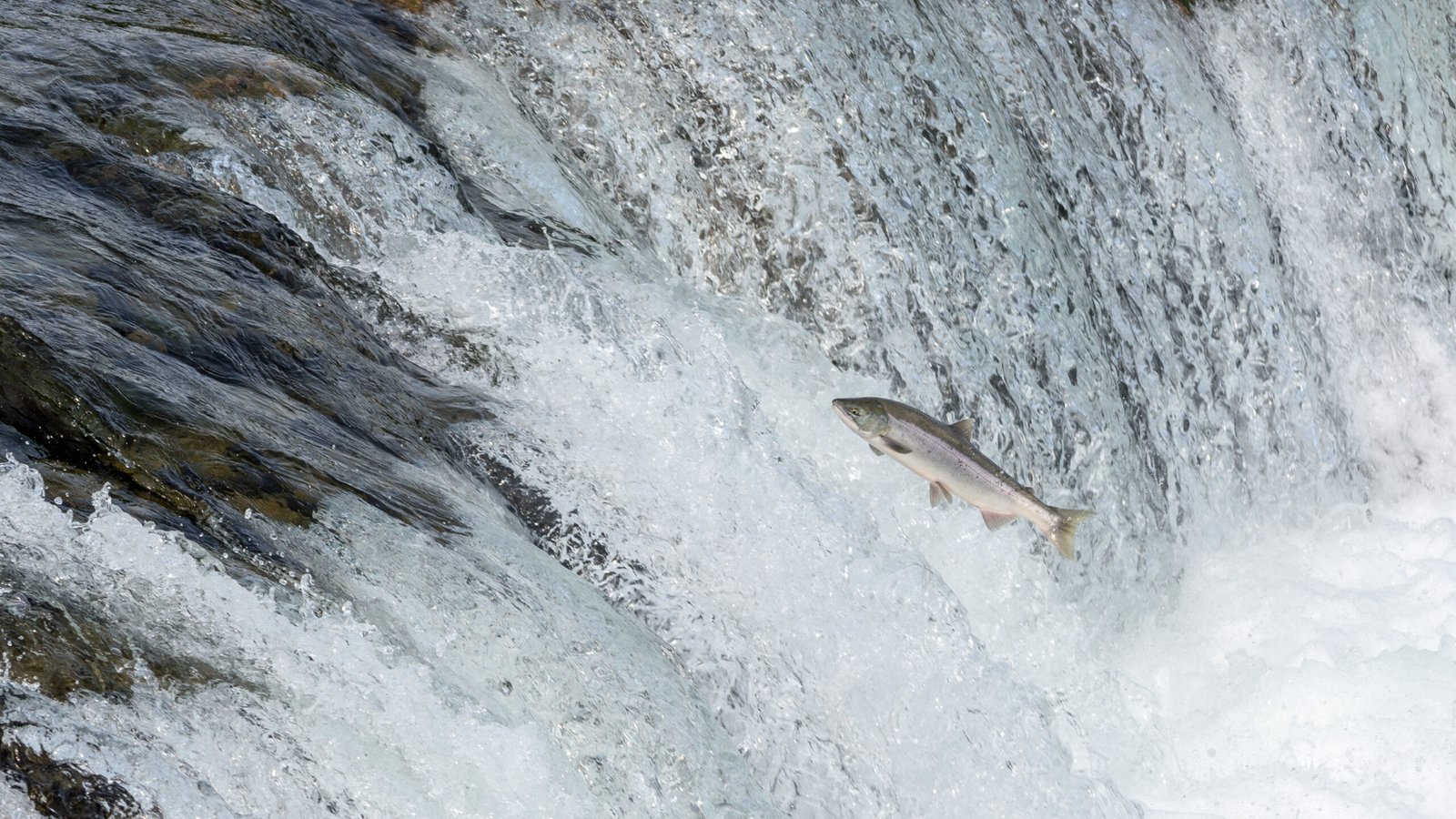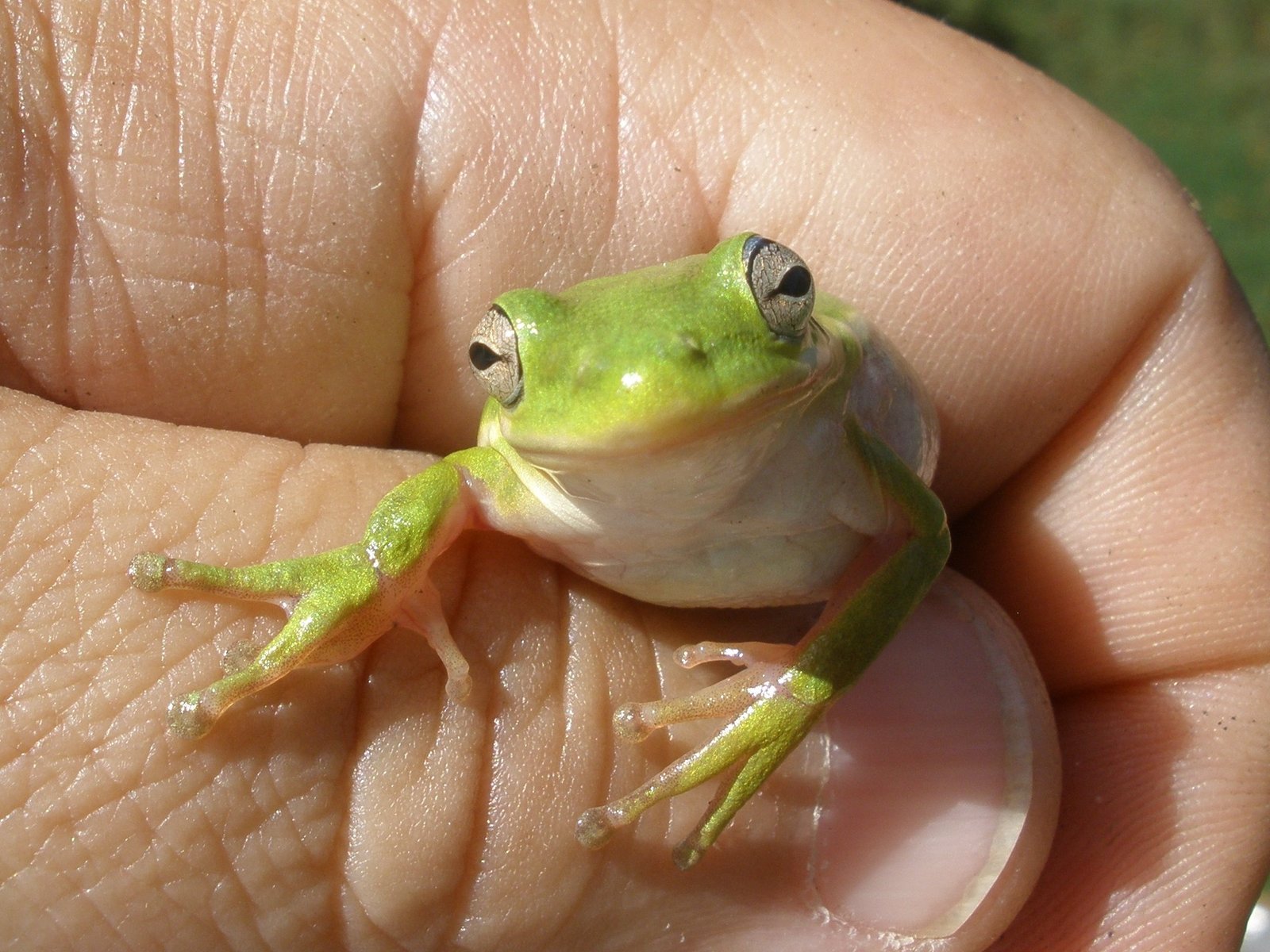Have you ever wondered what it feels like to defy gravity, to launch yourself many times your own height into the air with barely a hint of effort? In the animal kingdom, some creatures do this every single day, achieving leaps so astonishing that they border on the impossible. These record-breaking jumps are not just feats of muscle or luck—they are driven by a hidden, spring-loaded gene that transforms ordinary movement into breathtaking power. The secret behind these natural athletes is a marvel of evolution, blending biology, physics, and pure survival instinct. Prepare to journey into a world where the laws of nature bend and the smallest creatures become champions of the skies.
The Art of Leaping: Nature’s Olympic Sport
Jumping is more than just a means of getting from point A to point B; in the wild, it is a matter of life and death. For many animals, a single leap can be the difference between catching dinner and becoming dinner. This intense pressure has sparked a dizzying variety of jumping strategies, from the elegant arcs of a gazelle to the explosive launches of a flea. Across continents and ecosystems, the ability to jump higher and further has become a superpower—one that evolution has honed with astonishing precision.
Tiny Titans: The Flea’s Gravity-Defying Leap

When it comes to raw jumping power, few animals can rival the flea. Despite its tiny size, this insect can catapult itself more than 200 times its body length in a single bound. That’s like a human leaping over a skyscraper in one hop. Fleas owe their acrobatic prowess to their specialized hind legs, which act like biological springs. These legs store energy much like a compressed slingshot, releasing it in a split second to hurl the flea to safety or toward its next meal. Their jumps are not just impressive—they are essential for survival, allowing fleas to escape predators and find new hosts with lightning speed.
The Unsung Champions: Froghoppers and Their Supercharged Muscles

If you thought fleas were impressive, meet the froghopper, also known as the spittlebug. This little insect holds the title for the highest jump relative to body size of any animal on the planet. Froghoppers can leap up to 700 times their own body height, a feat that would put even the most elite human athletes to shame. Their secret lies in a unique combination of muscle power and a spring-like protein called resilin. When a froghopper prepares to jump, it compresses its legs, loading energy into the resilin “springs.” The resulting release sends the insect soaring skyward in a blur of motion, a living example of nature’s engineering genius.
Spring-Loaded Genes: The Molecular Secret Behind the Jump

At the heart of these incredible leaps is a specialized gene responsible for producing resilin, a rubbery protein with magical properties. Resilin acts like a biological spring, storing and releasing huge amounts of energy with almost no loss. Scientists have found that animals with extraordinary jumping abilities often have an abundance of resilin, packed into the joints and tendons of their legs. This genetic adaptation doesn’t just make them strong—it makes them efficient, allowing for repeated jumps with minimal fatigue. The discovery of this spring-loaded gene has opened up new worlds in biomechanics and could someday inspire new materials or even robotic designs.
Masters of the Mammalian Jump: The Kangaroo’s Endless Bounce
Not all record jumpers are small. The red kangaroo of Australia is a giant among leapers, capable of covering distances of up to 30 feet in a single bound. What sets the kangaroo apart is its ability to harness elastic energy in its tendons, much like the resilin in insects. As the kangaroo lands, its tendons stretch and store energy, which is then released to power the next jump. This natural “pogo stick” mechanism allows kangaroos to travel long distances with remarkable efficiency, turning the harsh Australian outback into their personal racetrack.
Jumping Spiders: Tiny Acrobats With Precision Aim

Jumping spiders may not hold the distance records, but their leaps are a marvel of coordination and control. Unlike many jumpers who rely on brute strength or elastic recoil, these spiders use hydraulic pressure to extend their legs, launching themselves at prey or away from danger with pinpoint accuracy. Before each jump, a spider carefully calculates the distance and angle, spinning out a silk safety line in case it misses its mark. The combination of clever engineering and near-perfect aim makes the jumping spider one of the animal kingdom’s most skilled hunters.
Salmon’s Gravity-Defying Journey Upstream

While many animals jump to escape or hunt, some do it to survive an epic journey. Salmon are famous for their ability to leap up waterfalls as they migrate upstream to spawn. These powerful fish can leap more than 10 feet in a single burst, defying roaring currents and crashing water. Their muscles contain a unique mix of fast-twitch fibers and elastic tendons, allowing for sudden, explosive movements. Each leap is a testament to the salmon’s determination and the relentless force of instinct that drives them home.
Grasshoppers: The Classic Jumping Machine

Grasshoppers are the quintessential jumpers, found in meadows and fields all over the world. Their long, muscular hind legs act as catapults, propelling them up to 20 times their body length. What makes grasshoppers remarkable is their ability to adjust the angle and force of their jumps, allowing them to escape quickly from predators or move efficiently between plants. Their jumps are powered by both muscle and a rubbery protein in their joints, a natural engineering marvel that has inspired roboticists and biologists alike.
Tree Frogs: Leaping Into the Canopy

High in the rainforest canopy, tree frogs rely on their jumping abilities to survive in a world of dizzying heights and leafy gaps. These amphibians have strong, sticky toes and muscular legs, allowing them to leap from branch to branch with accuracy and grace. Their jumps are not just about distance; they are about precision, as missing a landing could mean a fatal fall. Tree frogs’ spring-loaded muscles and flexible joints make them some of the most agile jumpers in the animal kingdom, navigating a vertical world with ease.
Biomechanics of a Jump: How Energy Is Stored and Released
Every great jump is a dance between biology and physics. Before an animal leaps, muscle contractions compress joints, tendons, or special proteins like resilin, creating potential energy. When the moment comes, this energy is explosively released, converting into kinetic energy that propels the animal skyward. The efficiency of this energy transfer is often the key to a high jump, with some creatures—thanks to their spring-loaded genes—losing almost no energy in the process. Understanding these mechanics not only explains the wonders of animal movement but also inspires new technologies in sports, robotics, and medicine.
Evolution’s Race: Why Jumping Became a Superpower
Jumping didn’t just happen by accident; it evolved as a response to relentless challenges in the environment. Predators forced prey to become quicker and more unpredictable, while changing landscapes demanded new ways to move and survive. Over millions of years, natural selection favored animals with the right genes for spring-like muscles and tendons, leading to the incredible diversity of jumpers we see today. Insects, mammals, amphibians, and even fish have all found their own solutions, shaped by the pressures of survival and the possibilities of their unique biology.
The Future of Jumping: From Nature to Innovation
The secrets behind animal jumping are not just fascinating—they have real-world applications. Engineers and scientists are studying these spring-loaded genes and elastic proteins to design better prosthetics, athletic gear, and even robots that can leap like a flea or kangaroo. By unlocking the mysteries of nature’s best jumpers, we stand on the brink of creating new technologies that could change how we move and interact with our world. The story of the highest jump in the animal kingdom is still being written, with each discovery opening new doors to possibility and wonder.



